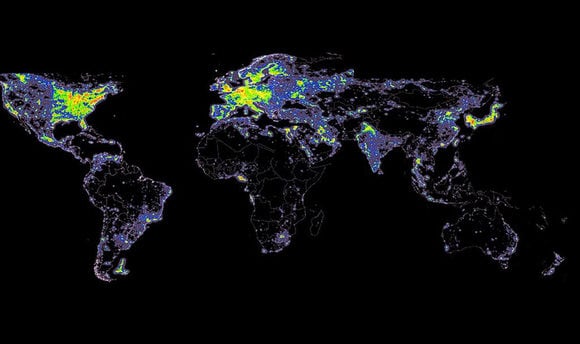Have you ever really seen the night sky -- a sky without any pollution from artificial light sources? Over half of Earth’s population lives in urban areas, and have probably never seen a rich, dark sky full of
millions
thousands of stars. Not only does light pollution make it harder for amateur and professional astronomers to observe the night sky, but it affects other living things as well. Birds and other animals that are nocturnal can become disoriented from constant artificial light.
You can help track how light-polluted our skies have become by participating in the
GLOBE at Night Program
. All you need to do is go outside and look for the constellation Orion and compare your view with sky charts provided by GLOBE and report your findings. The programs runs from now until March 8.
The
GLOBE website
provides you with information and links on how to find your latitude and longitude and how to find Orion. You then match your nighttime sky to one of their magnitude charts and report your observation. Then you can compare your observation to thousands around the world. Last year about 8,500 people participated in this event.
Phil
and
Emily
have already posted on this, but Universe Today is now joining in to help GLOBE have their night sky biggest event yet.
Also available from the GLOBE site are downloadable family activity packets and information for teachers, offered in several different languages. Take this opportunity share the wonders of the night sky with young children while helping to track light pollution. It will only take a few minutes.
 Universe Today
Universe Today
